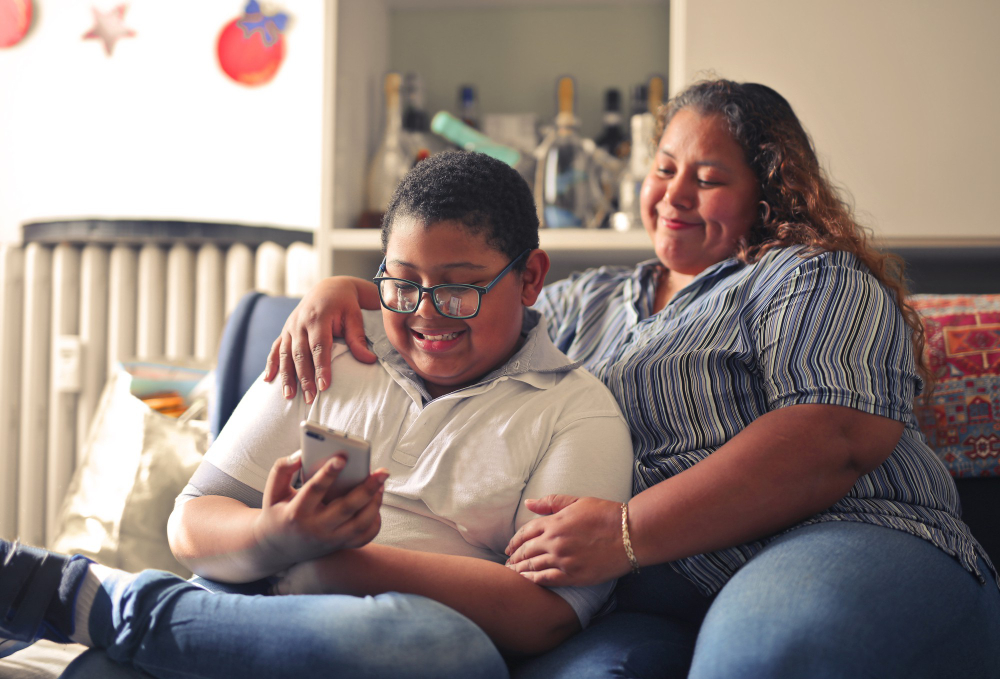Your Accessibility Committee is a collection of essays written during and participation in a school district’s accessibility committee: a process branded as collaborative, but engineered for control. This series explores institutional betrayal, process theatre, and the architecture of performative inclusion. It’s a record of what happens when access is promised but the implementation falls short—and what it costs to keep showing up anyway.
By the time harm becomes legally actionable, it has already become unbearable. If people are still talking to you, they are still hoping you will change.
Institutions often ask the wrong question
When institutions receive stories of harm—when a parent names systemic exclusion, or a student speaks quietly of despair, or a staff member shares how it felt to be erased—those in positions of power often shift uncomfortably in their chairs, but not because they cannot understand the story. What they fear is not the pain itself but what that pain might require of them: the legal, financial, reputational cost of being seen as culpable. And so instead of asking, What will it take to repair trust?, they ask, How do we protect ourselves from what this might become? They mistake disclosure for threat, and urgency for accusation, and in doing so they miss the most crucial moment—the moment when people are still speaking in good faith, still hoping that something can change without force.
It is easy, from the inside of an institution, to read feedback as risk—to fear it as the prelude to something more formal, something external, something adversarial. But most people who have been harmed by your systems are not building cases. They are building courage, and choosing—despite everything—to use that courage to speak to you, not about you. They are offering you the chance to hear what no report will ever capture fully, and to act before the harm becomes so unbearable that the only recourse left is litigation. Their participation is not a warning shot. It is a second chance. And you might not get a third.
On second chances
The people who join your working groups, or show up to your brainstorming sessions, or submit detailed feedback even after being harmed, are doing so with the hope that you might still respond in good faith. They are not required to participate. They do not owe you civility. They are not performing for recognition or for credit. Most are doing so at personal cost—exhausted, triggered, mistrustful, and wary—and yet they are still present, which means they still believe, somewhere under the scar tissue, that you might choose the path of accountability. They are telling you their stories, when they could be filing complaints. They are offering recommendations, when they could be gathering evidence. They are showing you the fault lines, so you can begin to repair them from the inside.
To imagine that their presence indicates compliance, or satisfaction, or consent to the current process is to profoundly misunderstand the stakes. It is not that they do not have enough anger to leave; it is that they have enough hope to stay. And that hope, however fragile, is your most valuable opportunity. It cannot be manufactured, and once lost, it does not return.
Most people harmed by institutions do not have the resources to sue
Contrary to the institutional myth that lawsuits arrive quickly or easily, most people harmed by your policies or failures are not poised to file legal claims. Litigation is costly, emotionally grueling, and inaccessible to those already stretched thin by caregiving, disability, or systemic neglect.
To pursue legal action requires capacity that has often already been spent navigating your intake forms, resubmitting your paperwork, appealing your denials, and sitting through meetings where the harm was described in careful, coded language and ultimately left unaddressed. Most do not choose legal action; they choose every alternative path first.
So when someone brings you their story instead of a formal complaint—when they say, I’m telling you this because I want you to do better—they are extending the most generous form of accountability. They are offering you the opportunity to become trustworthy before being forced to become defensive. And if you treat that offer with suspicion, or minimise the truth in favour of optics, you are not avoiding risk—you are escalating it.
You are teaching them, in real time, that this institution will only respond to threat.
That moment matters more than what you’ve done before
It does not matter how many statements you have issued. It does not matter how many action plans you have posted. What matters now is whether you are willing to tell the truth, openly and without deflection. To say, Yes, we failed. Yes, the harm is real. Yes, we will do what it takes to fix this—not because it protects us, but because it’s the right thing to do. This is the only thing that builds trust, and it cannot be substituted with branding language or vague affirmations of care. You must be specific, and you must be ready to make it real.
When institutions fail to honour this moment—when they ignore the truth, reframe it for their own protection, or summarise it into polite generalities—they set in motion the very outcomes they feared. Trust evaporates. Survivors stop engaging. The feedback loop closes, and what was once a shared opportunity becomes an adversarial process that could have been prevented. People do not escalate because they were angry, they escalate because you made it clear that nothing would change unless they did.
You are liable either way—but one path builds trust
It is a dangerous institutional fantasy that silence and vagueness protect against liability. In reality, harm denied is harm compounded. When people are told—through omission, euphemism, or polished reports—that their experience does not count, or that their story has been processed without transformation, they turn away. And when they turn away, they do not disappear. They find each other. They compare notes. They build networks of accountability that do what your committees refused to do: tell the truth out loud. When the time for repair has passed, the time for reckoning arrives—and the cost, both human and institutional, is always higher.
Saying, We got this wrong, and we are going to fix it is not an admission of guilt in the legal sense. It is an admission of responsibility in the moral one. And if you want to keep people with you—if you want the process to remain internal, collaborative, and solution-focused—you must meet them in that space. You must be willing to change.
Crisis is created when communication fails
It is tempting to believe that avoiding hard truths will prevent conflict. But the opposite is true. When institutions control the message at the expense of accuracy—when they prioritise tone over substance, or process over outcome—they drive people toward the very adversarial dynamics they fear. What you call de-escalation is often just premature closure. What you call professionalism may feel like gaslighting to the people whose pain is being repackaged as feedback.
When people feel misrepresented or excluded, they do not go silent. They go elsewhere. And when they do, you no longer have the power to control the narrative. But you had the chance. You had the chance to tell the truth the first time. You had the chance to act before it became public. And you had the chance to listen before it became evidence.
The people who warn you are trying to protect you
If someone in your process is raising the alarm, asking for a pause, or pointing out a pattern of harm, they are giving you something no risk management consultant ever could: proximity to the real problem, in time to do something about it! Say thank you!
They are your last best chance to change course. And yet, too often, these people are framed as difficult, disruptive, or emotional—disciplined for tone, marginalised in process, or quietly excluded for being unwilling to play nice while people suffer.
Do not punish the person who names the crisis. Do not fire your canary and then act surprised when the mine explodes. The people who speak hardest truths are often the ones who cared most, who tried longest, who stayed even after they had every reason to walk away.
The safest path forward is the most honest one
You do not need another task force, another round of stakeholder engagement, another set of vague bullet points about progress. You need a reckoning. You need to return to what people have already told you, and ask whether you honoured it. You need to publish what changed—not just what you heard. You need to give people a reason to stay in the room, not because you said the right thing, but because you did the hard thing.
People know the difference between consultation and co-optation. They know when their story has been harvested for a report. They know when their insight has been translated into strategic vagueness. And when they leave, they do so with full awareness that you had a choice.
If you are still hearing from them, then you still have one.
Do not wait until the lawsuit to decide that you care.

Your Accessibility Committee
A collection of essays written during and after my participation in a school district’s accessibility committee: a process branded as collaborative, but engineered for control. This series explores institutional betrayal, process theatre, and the architecture of performative inclusion. It’s a record of what happens when access is promised but the implementation falls short—and what it costs to keep showing up anyway.







